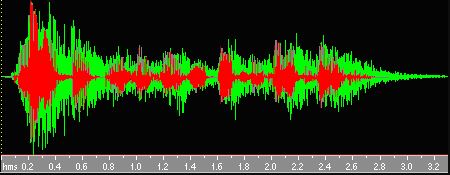
Acoustic test can refer to many situations when it comes to sound energy within a room or noise energy trying to get in the room or leaving the room. Do we need an acoustic test to measure the noise getting into our room or leaving our room? Do we need an acoustic test to measure lower frequency pressure issues in rooms? Do we need an acoustic test to measure reverberation times in small or large rooms?
Do we need an acoustic test to assist us with the setup of our speakers and listening rooms? How about an acoustic test to determine where we should place windows within our room to treat absorption and diffusion issues? The search term acoustic test can have many meanings. Let’s examine the noise transmission issue as an example of an acoustic At Acoustic Fields, we have a measurement process where you can take noise numbers using your phone.
Read more about our sound barrier technology.
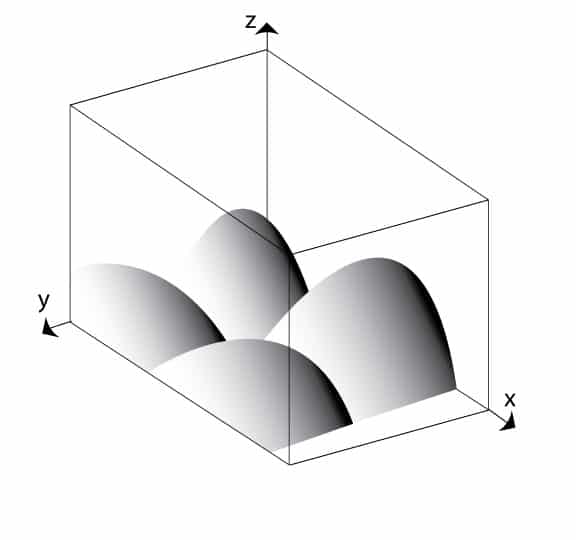
Measure Noise Levels With Acoustic Tests
Noise is everywhere in our society. It has elevated its status among government officials to the point where local and state governments have classified it as a health hazard. Noise is composed of frequency and amplitudes. The frequency is a unit of measure on where the noise sits on the audible human hearing spectrum. Is it a low frequency noise issue?
Is it a middle and high frequency noise issue? We must know where the noise lives in order to properly treat it. The amplitude is the strength of the noise. It is how large the noise is at a chosen frequency. The strength of each frequency must be known in order to determine how thick of a barrier we will design and build. A barrier is a structure (wall) that you build that is frequency and amplitude dependent to combat the noise transmission issues.
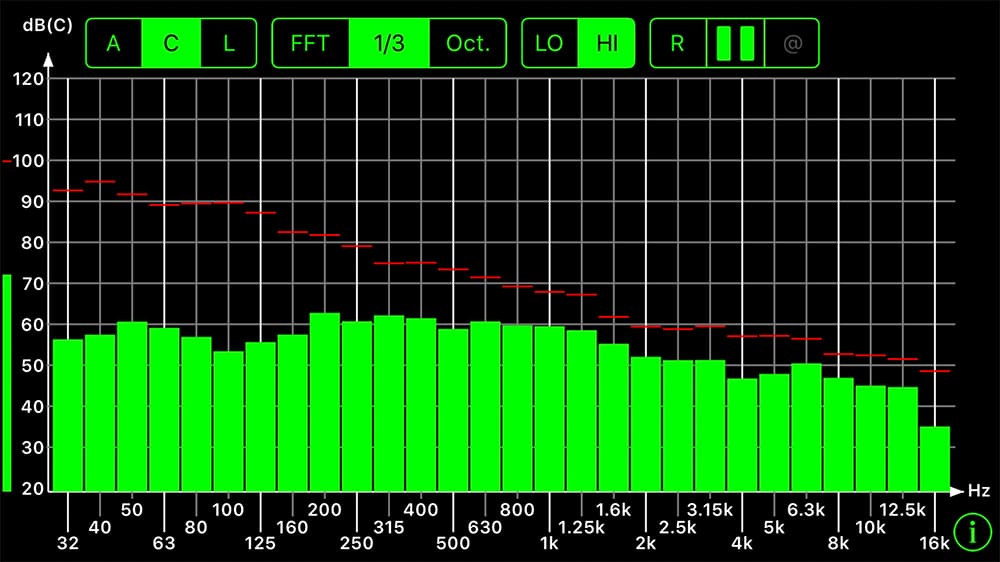
Begin The Barrier Design
All noise must be measured over a seven day time period so that we can determine which days present the lowest frequency issue with the largest strength or amplitude. Lower frequency, garbage truck noise that sets off the motion sensors in cars parked along the road is completely different in frequency and amplitude than voice.
The goal is to know every noise and how strong every noise is. Once you have quantified and qualified the noise issues, you can begin the barrier design. The barrier design is composed of certain materials types with different densities arranged in a systematic order. The layers of materials are frequency dependent. The density of the barrier is designed for the amplitude or strength of all frequencies, especially those noise frequencies below 100 hz.

High Reverb Times & Reflections Are Distortions
Another popular acoustic test is to measure reverberation which is defined as how long a sound stays around within the room after it has been sung, spoken, or played. Reverberation is produced by adding all the reflections from each wall surface along with the floor and ceiling to produce a reverberation time that is suitable or not for the room’s intended usage.
Higher than normal reverberation times interfere with speech intelligibility which is defined as to how many words you can clearly hear within a 10 word sentence. High reverb times are room distortion. Reflections are room distortions. Not only are high reverb times an issue with speech, it has a negative impact on music as well. Bass notes overstay their welcome in the room. Reflections produce so much distortion you can’t hear someone next to you speaking.
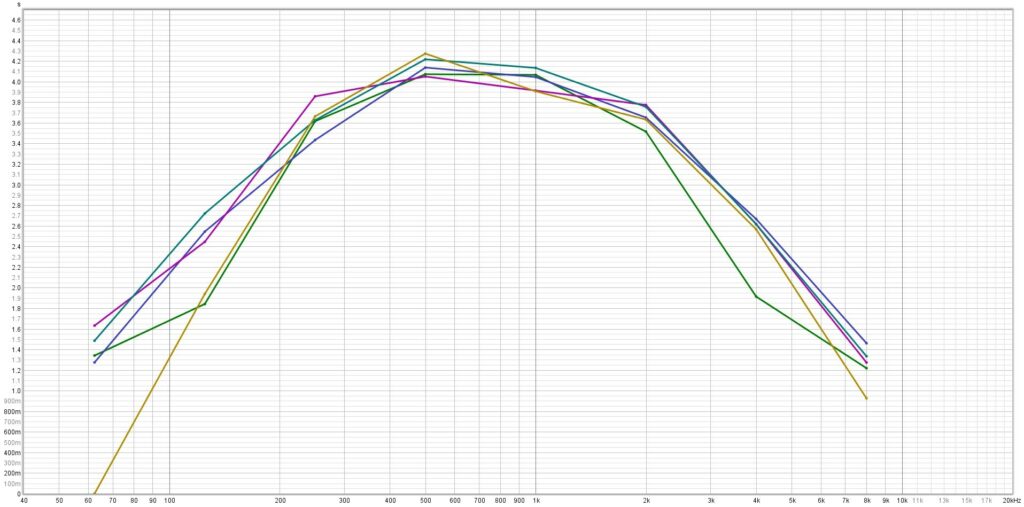
Room Modes
Another acoustic test is to measure the low frequency pressure areas within the room. Every width, height, and length dimension produces a different frequency and amplitude pressure issue below 100 hz. People sometimes refer to these resonances as room modes. We have three types. We have axial modes which occur between two walls. We have tangential modes which occur between four walls. Finally, we have oblique modes which occur between six surfaces within our rooms.
Axial modes are the strongest and most audible. They all must be measured and treated. Tangential modes also are audible and must be treated. They are half as strong as axial modes. Oblique produces 25 % audible issues. Most oblique issues can be treated with the tangential treatment. Knowing where these large peaks of pressure will assist you with locating your speakers in the correct position along with your listening chair to try and avoid those modal pressure pockets.


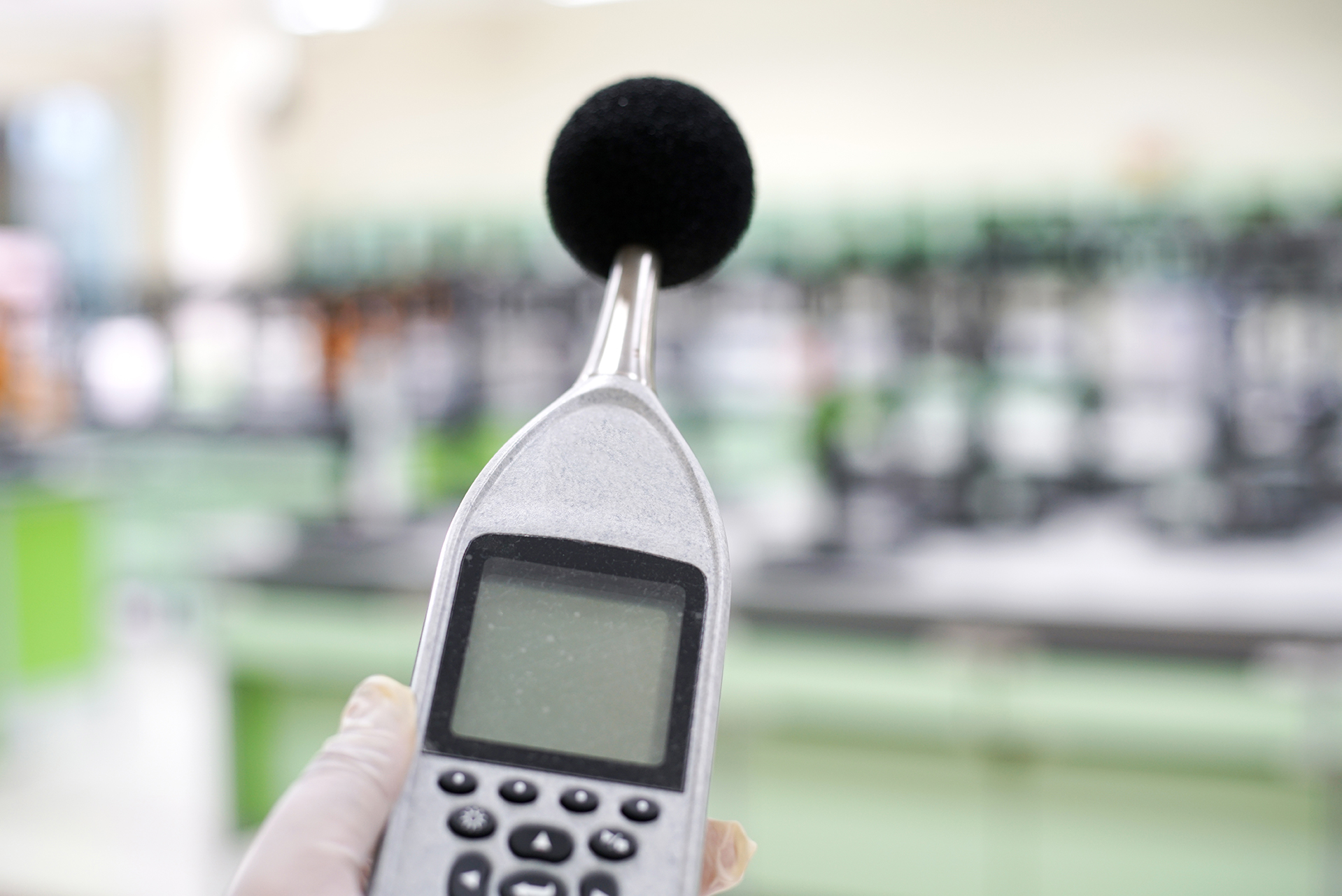





The discussion on ductwork noise transmission from Acoustic Fields highlights crucial aspects of HVAC system acoustics. The movement of air…
Great build plans. thank you Denis
You must use absorption. Never place a chair against a wall.
A friend and I built several diffusors using these plans and they turned out absolutely beautiful. Very good instructions and…